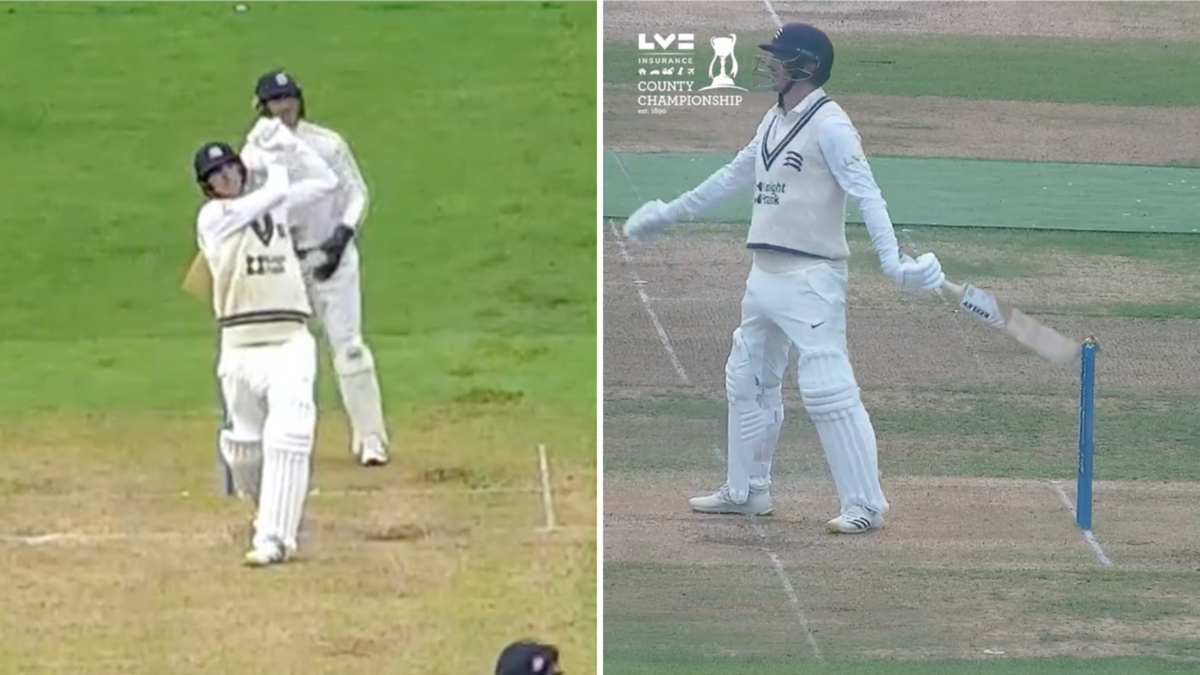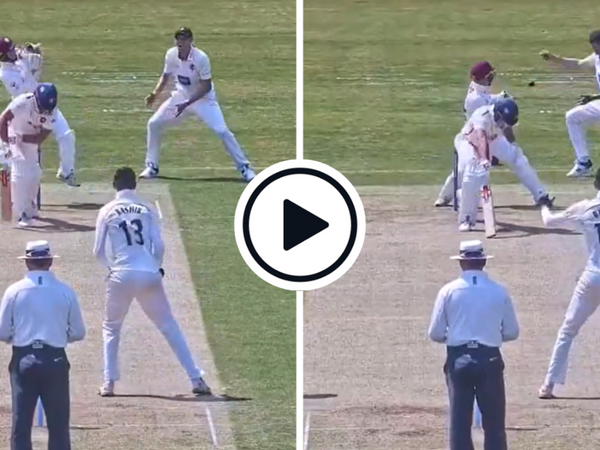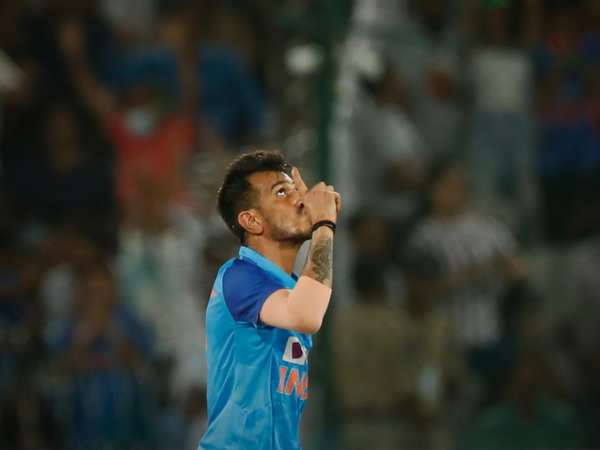
Toby Roland-Jones was at the centre of a bizarre hit-wicket dismissal in the latest round of the County Championship, with clarification now coming from the MCC that he “probably” should not have been given out.
Subscribe to the Wisden Cricket YouTube channel for post-match analysis, player interviews, and much more.
Roland-Jones was playing a blistering innings at the time he was given out. He was on 21 off 14 and planted a six over long on off Ed Barnard, when he dislodged his bails with his bat while admiring his shot. As he swung his bat behind him after the ball had sailed over the rope, it came back down to land on top of the bails and dislodged them.
Warwickshire keeper Michael Burgess noticed the bail lying on the ground and appealed. Roland-Jones was given out hit-wicket.
Out hit wicket?!
Toby Roland-Jones thinks he has planted the ball for six but knocks the bails off in his follow-through #LVCountyChamp pic.twitter.com/c0tJoutjr3
— LV= Insurance County Championship (@CountyChamp) July 25, 2023
The controversy over whether Roland-Jones should have been given out was whether the hit-wicket should stand if the batter has completed the shot, and what constitutes a batter having completed their shot.
Law 35.1 states: “The striker is out Hit wicket if, after the bowler has entered the delivery stride and while the ball is in play, his/her wicket is broken by either the striker’s bat or person… in any of the following circumstances: In the course of any action taken by him/her in preparing to receive or in receiving a delivery.”
Those circumstances are expanded upon in Law 35.2: “The striker is not out under this Law should his/her wicket be put down in any of the ways referred to in 35.1 if any of the following applies: It occurs after the striker has completed any action in receiving the delivery”
The MCC have issued clarification on the decision and where it stands within the existing law. Their statement reads: “Given that the ball was not a No ball, and Roland-Jones was clearly not attempting a run, the relevant sections of the Law are 35.1.1.1 and the first bullet-point of 35.2. Was the striker taking action in receiving the delivery, or had he completed that action?
“Tom Smith’s Cricket Umpiring and Scoring, MCC’s Official Interpretation of the Laws of Cricket, adds the following: It (the time a batter can be [out] Hit Wicket) includes any ‘follow-through’ swing of the bat after hitting or trying to hit the ball. It also includes any body movement to recover balance after making the stroke – which may go on for some time, and is usually the hardest part of this Law to judge. During all this time, the striker can be out Hit wicket if he/she breaks the wicket.”
However, the statement also referenced a similar incidence concerning Oshane Thomas in the 2019 Cricket World Cup, where he was given not out. The MCC clarified that they agreed with that decision at the time given that Thomas had “clearly finished the shot”.
In this context, the end part of their statement said: “It is understandable that the umpires gave Roland-Jones Out – whether or not the act of receiving the ball is complete is a judgement call.
“Roland-Jones could, however, count himself unlucky; he had finished the shot with a brief hold of the bat over his shoulder in the follow-through and was fully in control of his balance – the subsequent downward trajectory of the bat can be deemed to be after he has completed his action in receiving the delivery. On balance, he should probably not have been given Out.”
The laws give autonomy to umpires as to when they deem a shot to be completed. While the statements points out that the MCC can understand why Roland-Jones was given out, another umpire could have also correctly concluded that he was not out.
Middlesex went on to win the match by eight wickets after they bowled Warwickshire out for 60 on day one, with Roland-Jones picking up three wickets.







